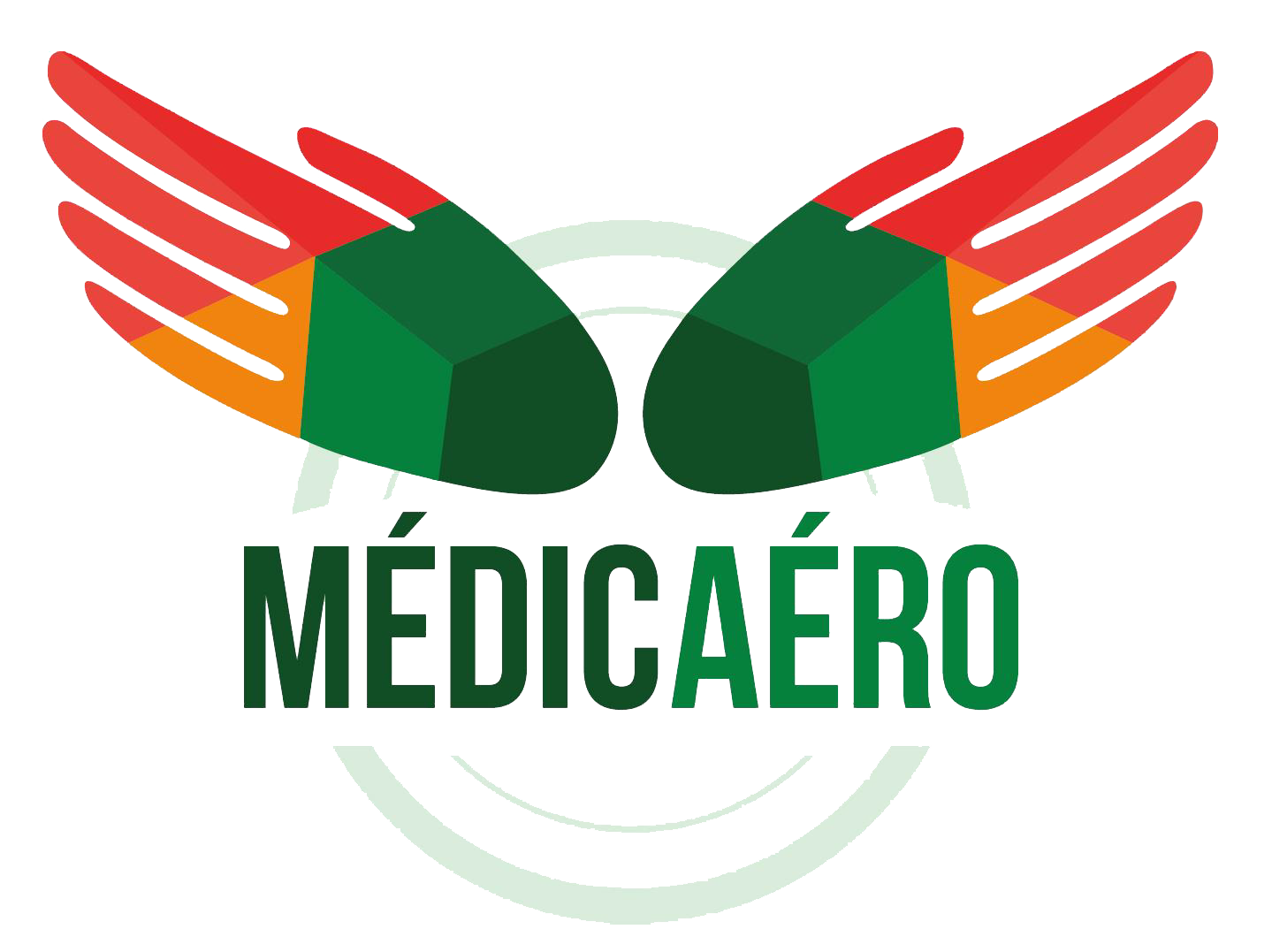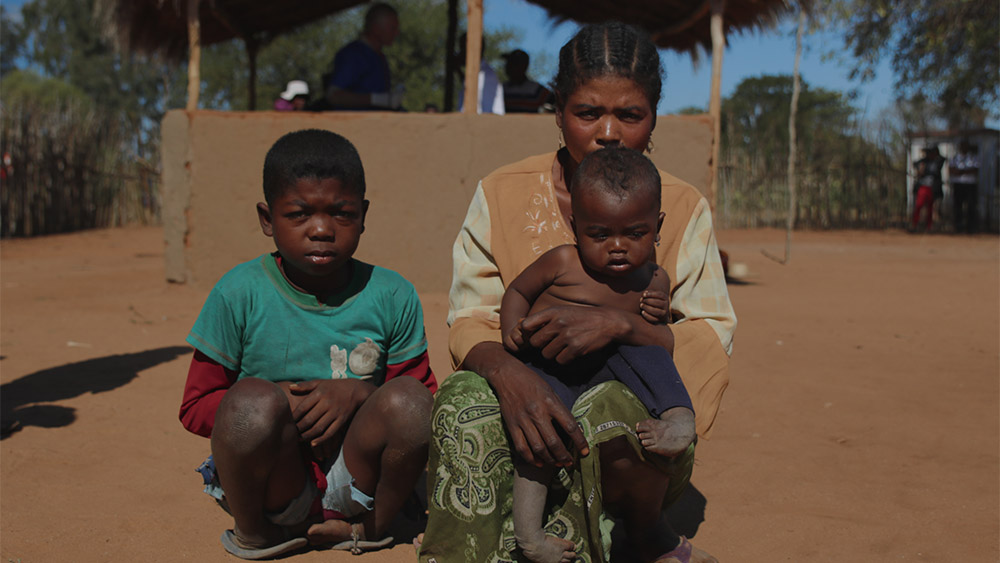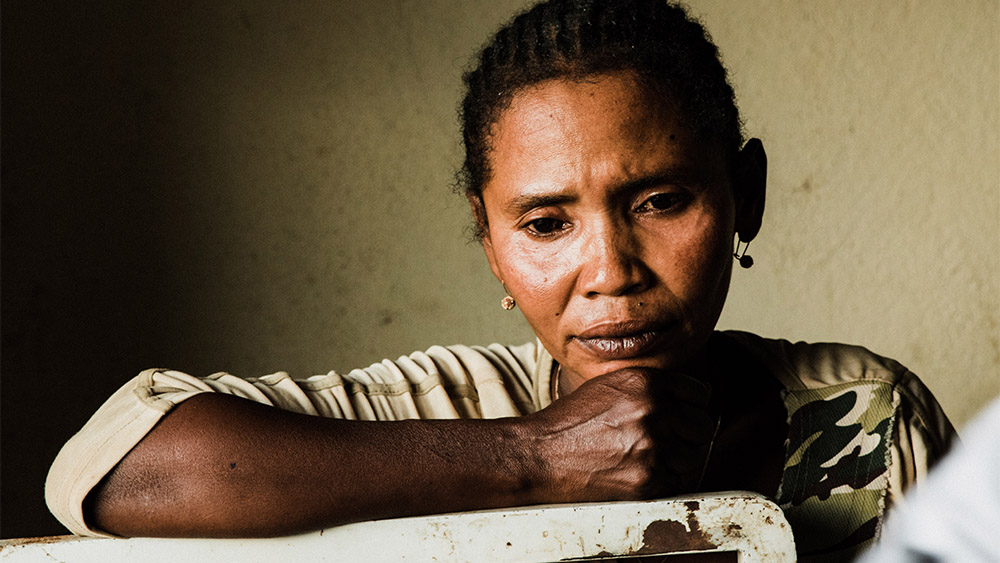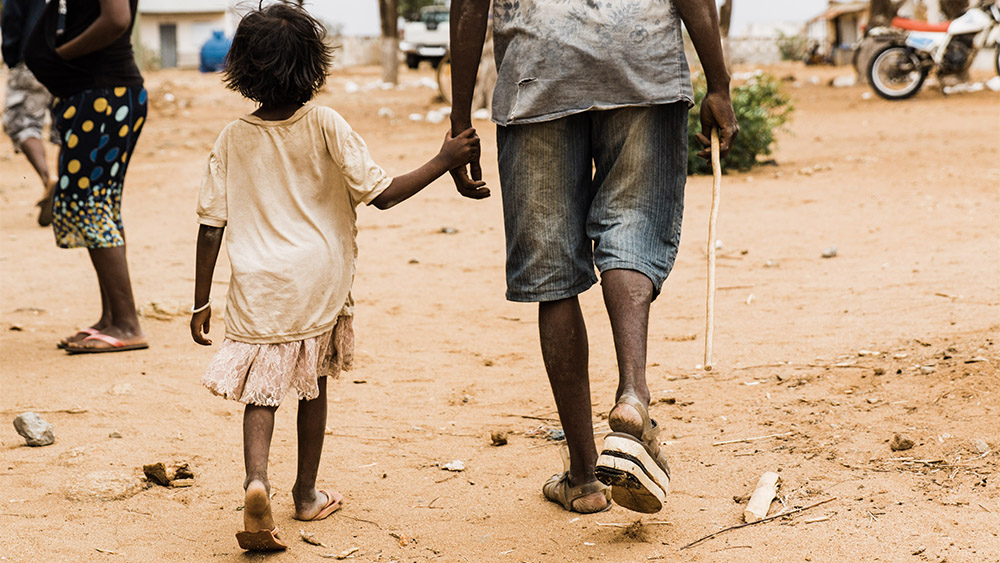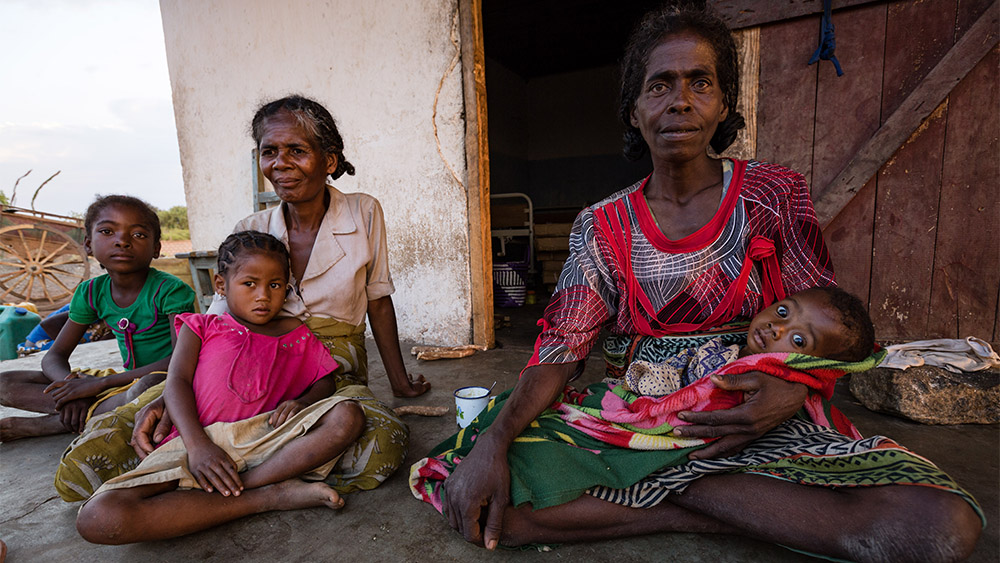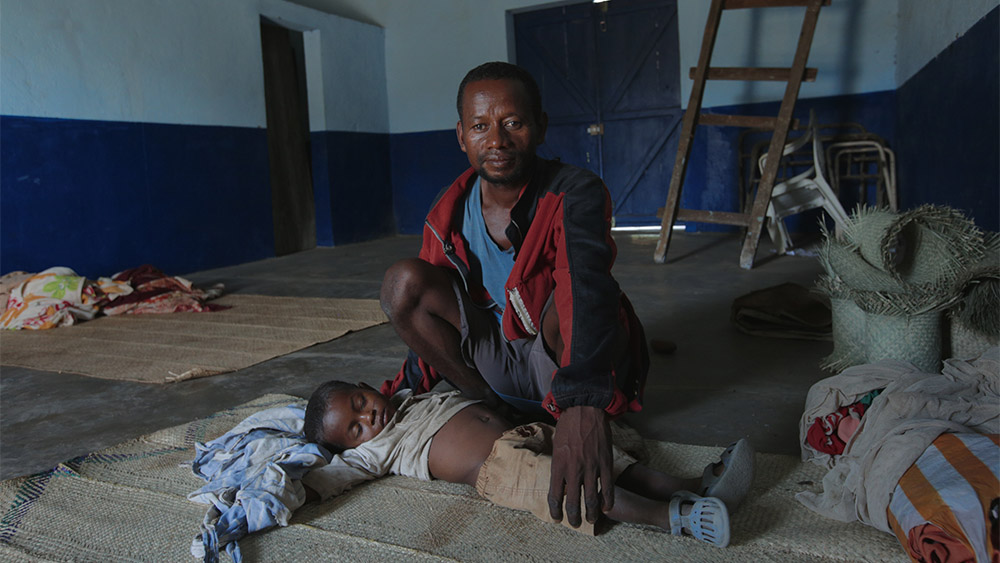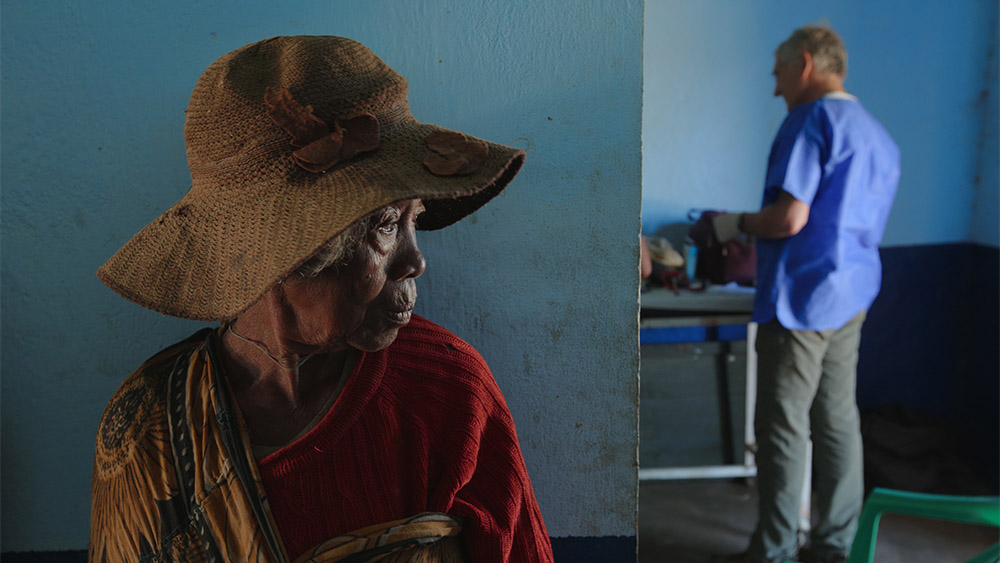Saving Lives in Madagascar
Madagascar, a Sublime Island, a Population in Distress
A Concerning Health Situation
Ten years after its arrival on the island, Médicaéro has gained a comprehensive view of the health situation in southern Madagascar and the priority actions to be implemented in isolated areas.
A Lack of Medical Infrastructure
The financial difficulties of the Malagasy health system cause deficiencies in infrastructure and equipment. These shortages hinder the work of local doctors in compliance with health standards, not to mention that the supply of medications is also very difficult.
Limited Access to Healthcare
Populations in isolated areas have very little access to healthcare through health centers that lack both material and human resources. Moreover, the dilapidated state of road infrastructure and the lack of transportation and financial means make journeys to the hospital very perilous... Indeed, vehicle attacks often deter villagers from traveling.
A Shortage of Medical Human Resources
The isolation of remote areas, difficult working conditions, and lack of resources are all factors that push health facility staff to work in large cities at the expense of rural areas. The lack of healthcare providers delays the treatment of diseases, increasing patient morbidity and mortality. Ophthalmological diseases are also severely aggravated by delayed diagnosis and lack of medical follow-up.
Widespread Health Problems
In the Ampanihy district, the population is affected by a wide variety of diseases: malnutrition, diarrhea, respiratory infections, endemic diseases (such as malaria, leprosy, and plague). Populations are the target of serious conditions that are progressive and neglected. Mortality in rural areas is high. Many children suffer from ophthalmological problems and are not properly cared for, which does not give them the opportunity to receive a proper education.
High Infant Mortality
Most pregnant women and children in rural areas of Madagascar have never been examined, and many suffer from delayed diagnosis that worsens their already compromised vital prognosis. Complications that occur during pregnancy and childbirth also lead to high maternal and infant mortality, thus weakening the family structure.
Frequent Non-Communicable Chronic Diseases (NCDs)
In the field of Non-Communicable Chronic Diseases (NCDs), such as diabetes, hypertension, and certain ophthalmological diseases, surgical care does not benefit from any reimbursement, thus depriving the most disadvantaged.
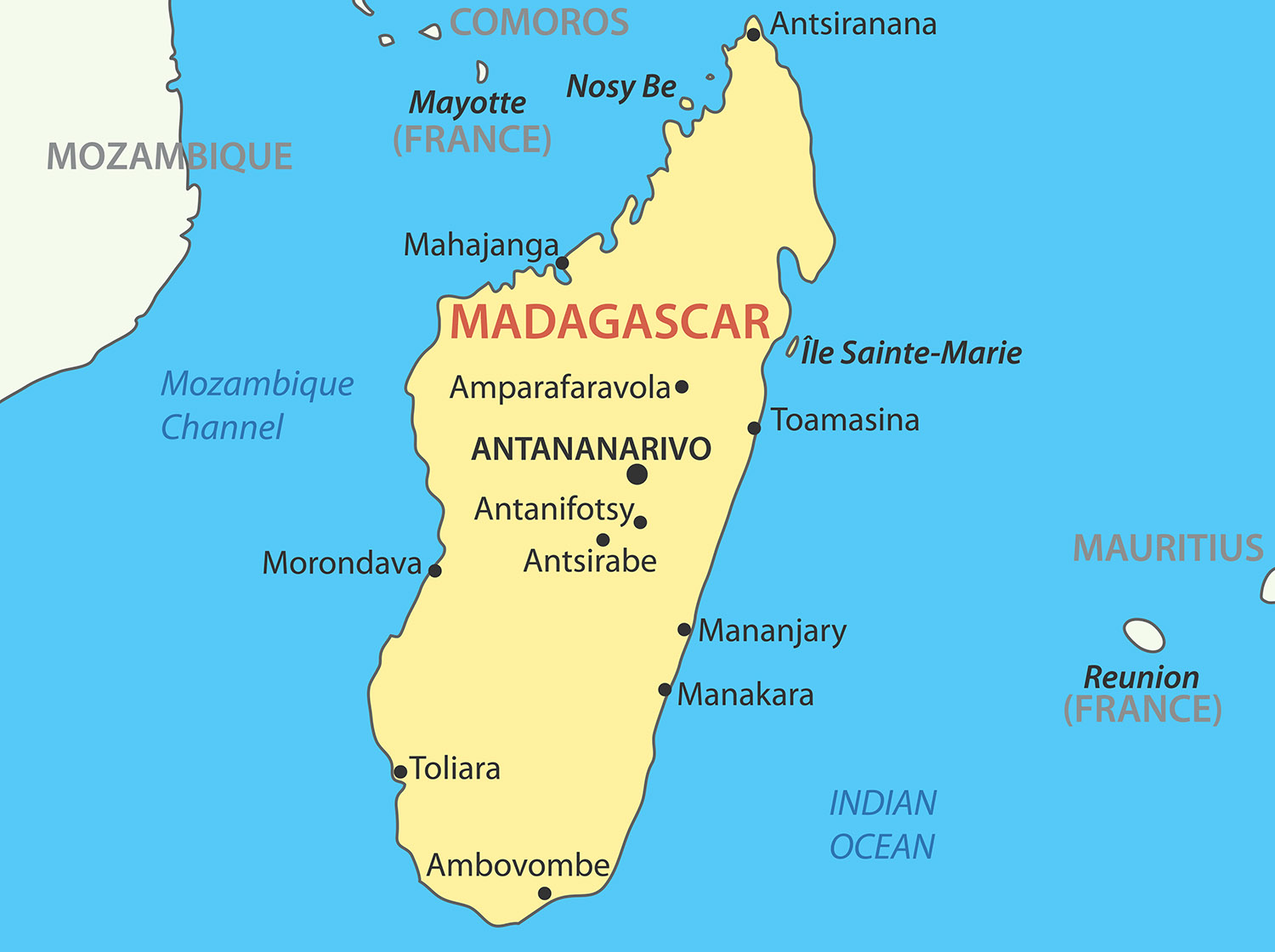
In the south of the island, the southern province of Toliara is one of the poorest regions in Madagascar. Two-thirds of the population lives in isolated areas, very difficult to access due to the lack of a usable road network. In the absence of doctors, the morbidity and mortality rates are extremely high, especially among women and young children.
It is therefore essential to support local doctors to find solutions with them to provide access to healthcare and establish medical networks.
To date, Médicaéro operates in the regions of Atsimo-Andrefana and Melaky.
